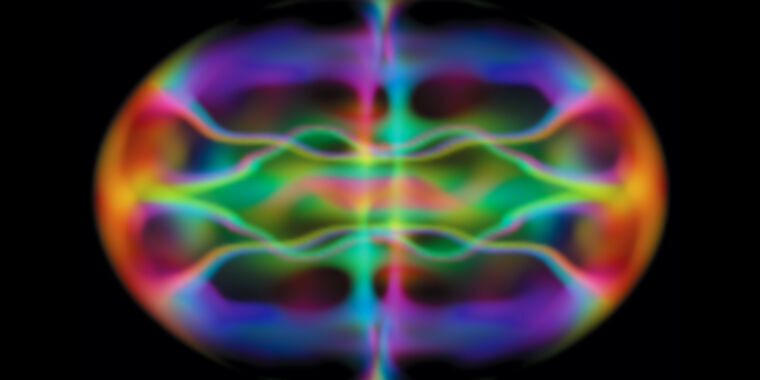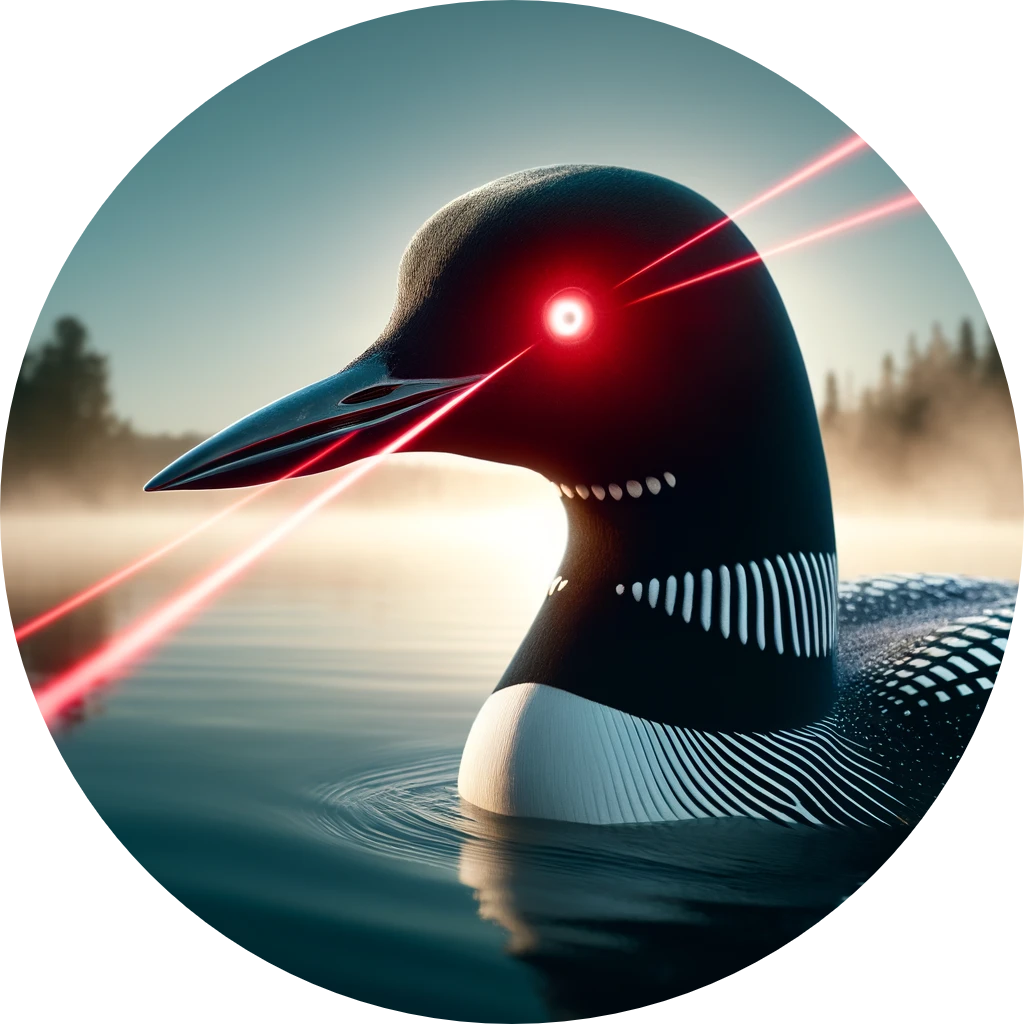This is the best summary I could come up with:
In the basement of Kirchhoff-Institut für Physik in Germany, researchers have been simulating the Universe as it might have existed shortly after the Big Bang.
They have created a tabletop quantum field simulation that involves using magnets and lasers to control a sample of potassium-39 atoms that is held close to absolute zero.
“If you have a sphere that’s really huge, like the Earth or something, if you see only a small part of it, you don’t know—is it closed or is it infinitely open?” said Sabine Hossenfelder, member of the Munich Center for Mathematical Philosophy.
Sparn was one of the authors of a research paper, “Quantum Field Simulator for Dynamics in Curved Spacetime,” which was published in Nature in November 2022.
Sparn said the team simulated positive curvature by increasing the density of the potassium-39 going outward from the center of the experimental setup.
She has completed a graduate degree focusing on science and environmental journalism and has edited seven news publications, two of which she co-founded.
The original article contains 726 words, the summary contains 168 words. Saved 77%. I’m a bot and I’m open source!
So cool. This is the evolution of quantum research I like to see. I wonder what sort of appliable information we’ll see some from this.



